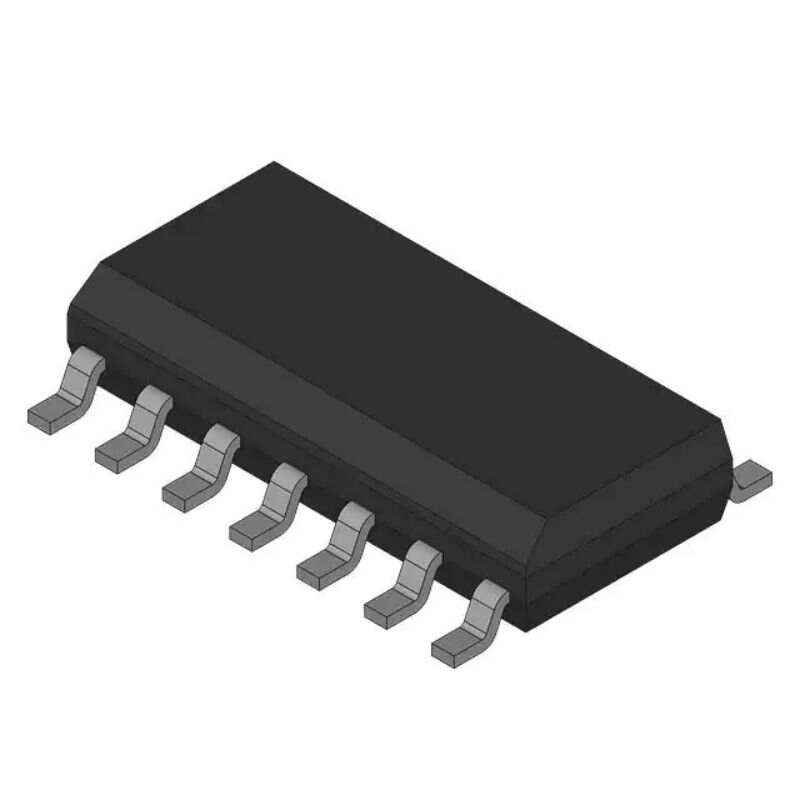Email format error
Email cannot be empty
Email already exists
6-20 characters(letters plus numbers only)
The password is inconsistent
Email format error
Email cannot be empty
Email does not exist
6-20 characters(letters plus numbers only)
The password is inconsistent


Exploring the World of Interface Transceivers: A Vital Component in Modern Communication
In the realm of modern telecommunications and networking, the term interface transceiver holds significant importance yet remains unfamiliar to many outside the industry. Today, we embark on a journey to demystify this crucial component, exploring its role, significance, and impact in the world of technology.
Understanding the Basics
At its core, an interface transceiver serves as a vital intermediary in communication systems. It facilitates the transmission and reception of data across different types of networks, ranging from local area networks (LANs) to wide area networks (WANs). Essentially, it acts as a bridge, converting electrical signals into optical signals or vice versa, depending on the network's requirements.
The Role in Telecommunications
Imagine a scenario where seamless communication between devices and networks is paramount. Here, the interface transceiver steps in, ensuring data integrity and efficiency. For instance, in fiber optic networks, it enables the conversion of electrical signals from network devices into optical signals suitable for transmission over fiber optic cables. This capability not only enhances data transfer speeds but also minimizes signal loss over long distances.
Applications Across Industries
The versatility of interface transceivers extends beyond traditional networking. From telecommunications giants to small-scale enterprises, various industries benefit from its adaptability. In aerospace and defense, for example, where reliability and performance are critical, these transceivers enable robust communication systems essential for mission-critical operations.
Technological Evolution
As technology evolves, so do interface transceivers. The shift towards higher data speeds and greater bandwidth demands has spurred innovations in transceiver design. Today's transceivers are not only faster but also more energy-efficient, paving the way for sustainable network infrastructures worldwide.
Key Considerations for Importers
For importers and distributors of networking equipment, understanding the nuances of interface transceivers is indispensable. The market demands reliable, cost-effective solutions that meet global standards. Choosing the right transceiver supplier ensures compatibility, performance, and longevity in network deployments.
Challenges and Opportunities
Like any technology, interface transceivers face challenges such as interoperability issues and market fluctuations. However, these challenges also present opportunities for innovation and growth. Companies investing in research and development can create transceivers that surpass current limitations, thereby setting new benchmarks in network efficiency and reliability.
Future Prospects
Looking ahead, the future of interface transceivers appears promising. Advancements in semiconductor technology, coupled with the advent of 5G networks and beyond, will drive the demand for faster, more advanced transceivers. Importers and businesses poised to capitalize on these trends will play a pivotal role in shaping the next generation of communication infrastructures.
Technological Advancements and Innovation
The rapid pace of technological advancement continues to propel interface transceivers into new frontiers. With the advent of 5G networks and the burgeoning Internet of Things (IoT) ecosystem, the demand for faster, more efficient transceivers has never been greater. Manufacturers are investing heavily in research and development to meet these evolving needs, focusing on enhancing data transmission speeds, reducing latency, and improving overall network reliability.
Moreover, the integration of artificial intelligence (AI) and machine learning (ML) into network management is reshaping how interface transceivers operate. AI-driven algorithms can optimize signal processing, predict maintenance needs, and even self-diagnose potential issues, thereby minimizing downtime and enhancing network performance.
Environmental Sustainability and Efficiency
In addition to performance enhancements, there is a growing emphasis on environmental sustainability in transceiver design. Energy-efficient transceivers not only reduce operational costs but also contribute to lowering carbon footprints across global networks. Innovations in power management and heat dissipation technologies are key areas of focus, ensuring that future transceivers meet stringent environmental regulations while maintaining peak performance.
Global Market Dynamics and Challenges
Navigating the global market for interface transceivers presents both challenges and opportunities. Rapidly changing geopolitical landscapes, trade policies, and supply chain disruptions can impact the availability and cost of transceivers. Manufacturers and importers must stay agile, forging strategic partnerships and diversifying sourcing options to mitigate risks and capitalize on emerging market opportunities.
The Road Ahead
As we look ahead, the interface transceiver remains a linchpin of modern telecommunications infrastructure. Its evolution mirrors the relentless march of technology, driven by innovation, efficiency, and adaptability. From enabling high-speed data transmission in urban centers to connecting remote communities through satellite networks, interface transceivers play a pivotal role in shaping the digital landscape of tomorrow.
Conclusion
In conclusion, the journey of the interface transceiver continues to unfold, guided by innovation and driven by the ever-expanding demands of global connectivity. As we embrace the transformative power of technology, let us recognize the vital role that interface transceivers play in connecting the world and driving forward the future of communication.
Whether you're an industry insider navigating complex networking solutions or a curious consumer exploring the backbone of digital connectivity, understanding the interface transceiver is essential. It stands as a testament to human ingenuity, pushing boundaries and paving the way for a more interconnected and resilient world.
Embrace the possibilities, anticipate the challenges, and together, let us embark on the next chapter of interface transceivers' journey—a journey marked by innovation, efficiency, and endless potential.
In conclusion, the interface transceiver stands as a cornerstone of modern communication technology. Its ability to facilitate seamless data transmission across diverse networks underscores its importance in today's interconnected world. Whether you're an importer seeking reliable networking solutions or a technologist curious about the backbone of telecommunications, understanding the interface transceiver is key to navigating the complexities of modern networking landscapes.
Through innovation, adaptation, and a deep understanding of market dynamics, the journey of the interface transceiver continues to unfold, promising new possibilities and opportunities for those at the forefront of technological advancement.
Let us embrace the transformative power of interface transceivers as we navigate towards a future driven by connectivity and communication excellence.

